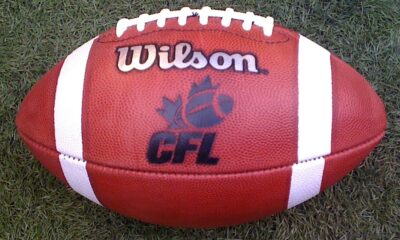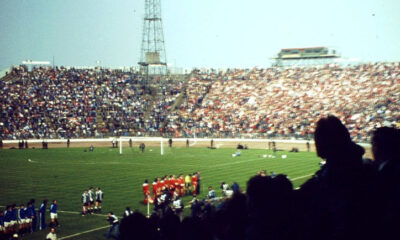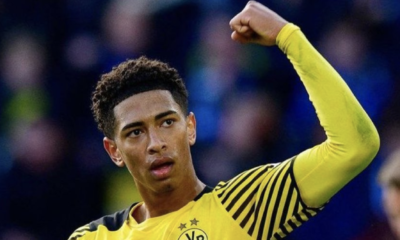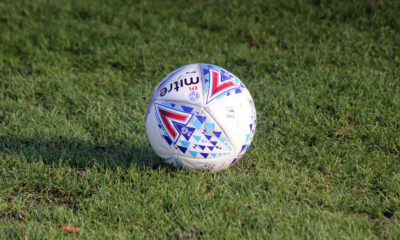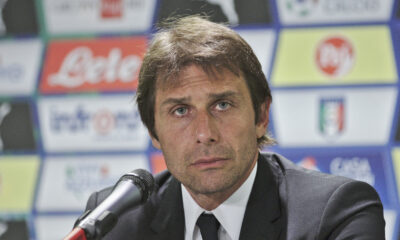Football
The Biggest Derbies in British Football
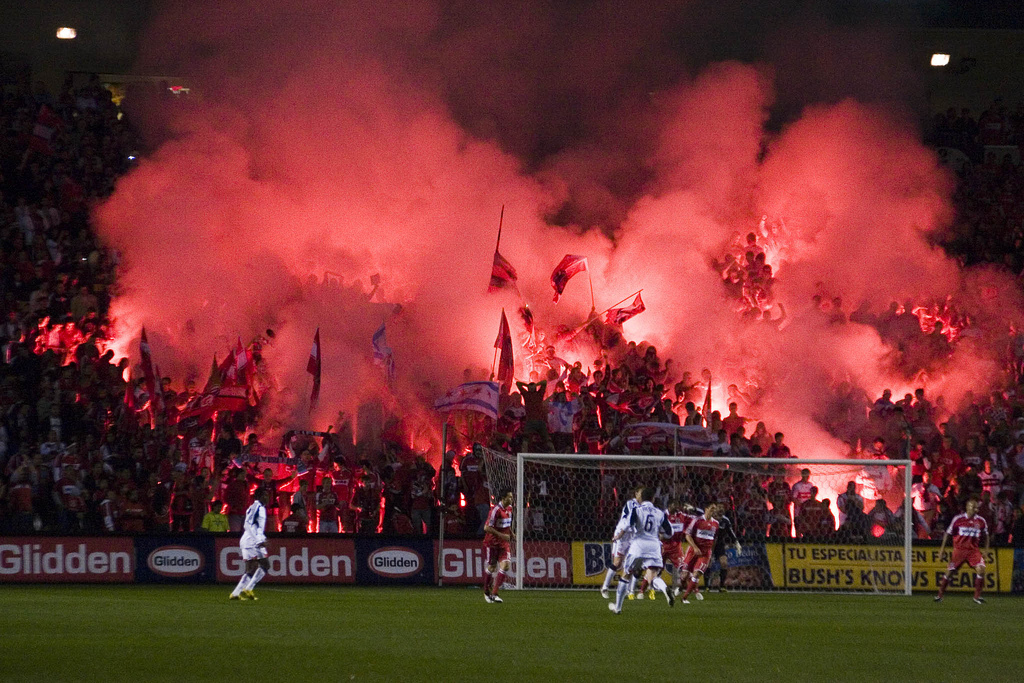
What is the biggest derby in the UK?
The Biggest Derbies in British Football
Derby Days. There’s quite nothing like it. The Anticipation, nerves and excitement. From the sheer ecstasy of a win to the head in hands gut wrenching losses. We’ve all been there.
Bragging rights are an integral part of football and nothing comes with a higher priority than getting one over on your local rivals. The derby day is the first fixture pundits will be sure to pencil into the calendar, with the buildup to such matches often being days, if not weeks for supporters. Fans will do all they can to ensure a ticket to the biggest game of the year, with away day tickets often being the holy grail for the coming season.
Born out of a rich history, geographical location, class, religion. Derby’s have often stemmed from more than just football and have been created from the social/economic commentaries of the past. As the decades go by we have seen rivalries build and intensify, year after year the history running deeper with the passion increasing.
Whatever the background, the aim is universal. To get one over on your bitter rivals.
We take a look at the biggest derbies in British football.
Cardiff vs Swansea
38 miles separate the two Welsh cities, a quick trip down the M4 is all that separates the two clubs. The history between the two clubs span over 100 years and the hatred has incrementally grown its inception. From strict bubble trips to police escorting the away teams, the South Wales derby is no joke. In 1993, away fans were banned from attending the fixture for four years after massive disruptions, including Swansea fans attempting to destroy Ninian Parks away end during one visit to Cardiff.
Both clubs have battled it out throughout history to crown themselves as the best team in Wales. The podium has swung back and forth between the Bluebirds and Swans, both teams currently sit on even ground mid-table in the Championship. However Cardiff edge out over Swansea from overall meetings during their competitive history, Cardiff boast 44 wins whilst Swansea hold a respectable 36 victories.
The South Wales derby came to a climatic fever pitch during the 2013/14 season, with both teams facing one-another for the first time in England’s top flight league. Cardiff would make history at the Cardiff City Stadium with a 1-0 win over the Swans, thanks to Steven Caulker’s header. The goal represented the first ever to be scored in a South Wales derby in England’s top flight. Swansea would go on to win the reverse tie 3-0 at the Liberty Stadium, leaving the sides at a bitter stalemate for the season. It remains the only season thus far where both teams have battled with one another in the Premier League.
Celtic vs Rangers
Scotland’s biggest city makes way to one of football’s most bitter rivalries. Just 4 miles separates Ibrox Stadium on Glasgow’s west, with that of Celtic Park on the east. The two clubs are the biggest and most successful in Scottish football, both sides wanting the be throned as Scotland’s best club.
The Old Firm derby dates back as far as the turn of the 20th century. Rangers were formed by a group of friends in 1872 who often played in West End Park whilst Celtic were founded 15 years later in Glasgow’s Irish populated East End. The local rivalry started as a friendly one, however throughout the course of the the twentieth century external factors in society greatly soured the relationship, culminating in an embroiled hatred that remains today.
The rivalries roots run deeper than just football, with a series of complex disputes involving religion, politics, national identity and social ideology. An influx of irish catholics within Glasgow’s east end led to increased competition for housing and employment across the city, causing tensions with the protestant population within the city. The divide pushed Celtic, along with its Irish population, closer to their Irish origins whereas the same for Rangers with presbyterianism.
The religious and political divides remain in present day, the majority of Rangers and Celtic fans still hold the same beliefs that were incorporated in the mid 1900’s. Religious sectarianism remains prevalent in Glasgow, both clubs symbolise the core beliefs and polarising ideologies of Glasgow’s past and present.
As a result the Old Firm derby has become one of the most hostile and tense atmospheres in club football. The infamous 1980 Scottish Cup Final at Hampden Park resulted in chaos inside the ground, with hundreds of opposing fans fighting on the pitch and stands. The riot ultimately led the Scottish FA banning alcohol from all Old Firm matches. Even today fans can be turned away at the stadium if suspected to be heavily intoxicated.
Portsmouth vs Southampton
The South Coast derby stokes the flame high, on an otherwise leafy Hampshire and moderate south coast. The two clubs are separated by just 19 miles from one another on the Hampshire coastline, with sights of the Isle of Wight and a faint Northern France on the horizon for each city.
The animosity between the two cities predates football. Two opposing ports, Southampton primarily commercial whilst Portsmouth, a naval hotbed. A very much civil and economic diffraction separated the two cities, leading to animosity between the two regions.
Many of the ties between the said clubs have led to mass violence and arrests, notably the riots following the 2004 South Coast derby and the heated “Redknapp derby” the following season, during an FA Cup tie.
Since then the two clubs have only met a handful of times, both clubs oscillating between the highs and lows of football, occasionally meeting in between. The infrequency of the South Coast derby only intensifies the occasion for all, with both clubs desperate to be on top in the south coast.
Manchester United vs Manchester City
The Manchester derby remains as one of the biggest derbies in world football. It is to be seen as a match that no doubt, most neutrals even look forward to in the footballing calendar. The derby of Red and Blue dates back as far as 1881, both clubs ultimately growing into footballing mammoths and along with that, a rich sporting derby that was sustained over the past century and into the next.
Over the decades we have seen some incredible Manchester derbies, which have become arguably a spectacle of the highest proportion following the Sky Blues new-founded ownership. Manchester City’s takeover in 2008 led to a pendulum swinging moment, resulting in the Sky Blues capitalising on their new found dominance in the city. As we waved goodbye to United’s dominance during the “Fergie Era,” the derby for the modern day was encapsulated, inevitably leading to some of the greatest football clashes in history.
That infamous Michael Owen Goal, Balotelli’s “Why Always Me” moment (during the 6-1 drubbing given to United,) Van Persie’s Free Kick and Rooney’s astonishing bicycle kick. These moments represent a true golden era for Manchester derbies, when considered both clubs are operating at the highest level and on the biggest stage in world football, it begs even more for the derby to be crowned as one of the all time greatest.
Arsenal vs Tottenham Hotspur
The North London derby see’s Arsenal and Tottenham Hotspur wage constant war with one another to be crowned the king of the north in the capital. A meer 4 miles separates these two Premier League giants, with Arsenal’s Emirates Stadium situated in Islington and Spurs’ stadium being based in the neighbouring borough of Haringey.
1887 saw the first fixture between the two clubs, the fiery rivalry however wasn’t sparked until 1913 when Arsenal relocated from Plumstead (South East london) to Highbury, which lay just 4 miles south of Spurs’ White Hart Lane. A rivalry based on consistency has amassed since 1950, with the two clubs being in the same division every season but one (1977/78.)
The derby is often regarded as one of the Premier League’s stellar clashes for the season, with certainly no love lost between the two sides over the ensuing years.
The infamous 2001 Sol Campbell fiasco brought with it a crescendo of bad blood between the two clubs in North London. Notably during the November fixture of that year Arsenal travelled to White Hart Lane to be greeted with rocks, stones and bottles. The Haringey pariah was greeted by a sea of chants echoing through the stands, “Judas.” An increase in hostility and bitterness inevitably ensued into the modern era.
As the tides began to turn and the yesterdays of “the Invincibles” began to live in the past, Spurs were quietly creeping past the shadow of Arsenal, in which they once lived. The end of the noughties signified big changes for both clubs, ultimately culminating in Arsena’s demise and the momentous rise of Spurs. Today we see both clubs on more-or-less even playing grounds, albeit Spurs currently having the upper hand based on league positions over the duration of the previous few seasons. Both clubs continue to fight for the pride of north london and continual bragging rights over one another, season to season.
Newcastle vs Sunderland
The Tyne-Wear derby predates the modern iterations of football, a rivalry stemming as far back as the English Civil War. Nearly some 400 years ago politics divided the two cities, with time elapsing industrial and political backgrounds were at centre stage and to be seen as the key player that sparked a hatred, eventually crossing over into the world of football. As far as derbies go, the Tyne-Wear derby may offer as one of the most legitimate rivalries there is to be seen, not born or predicated on trite irrationalities, as are many derbies.
The modern era of football brought the crossover of resentment from the two cities into the world of sport. As a result one of football’s most hate-fueled derbies was born and continued to thrive heading into the new millenium.
On the pitch the derby is notorious for two footed tackles and an abundance of cards. Statistically the Tyne-Wear derby ranks as the second most prolific match in the English football League this millenium, in the way of bookings. The derby has delivered an average of -5.7 fair play points since the 2000/01 season (-1 for a yellow, -3 for a red.)
Off the pitch violence, arrests and vandalism have been intertwined with derby days in the North East. Various acts of hooliganism have been commonplace over the years, totaling hundreds if not thousands of arrests. From away fans being banned, bubble trips and a heavily policed operation, various implementations have become commonplace for the Tyne-Wear derby.
Liverpool vs Everton
The Merseyside derby has become the longest running top flight derby in England, being played continuously since the 1962-63 season. Located just a stone’s throw away (less than a mile,) Anfield and Goodison Park sit opposite one another, with Stanley Park acting at the mediator in-between.
Tracing back its origins, the matches between the two sides were originally graced as the ‘friendly derby.’ It remained one of the last derbies to enforce total fan segregation, with even the the 1984 League Cup Final being referred to as the ‘friendly final’ whereby all sections of the ground remained mixed, with fans chanting ‘merseyside’ in unity in omnipotent scenes.
Fast forwarding to the present day, scenes and memories of the past seem like a utopian dream. Since the mid 80’s the rivalry has intensified on-and-off the field. The Merseyside derby ranks as the dirtiest of all in England, a total of 21 red cards have been shown since the Premier League’s inception.
Aston Villa vs Birmingham
The Second City derby has seen Birmingham and Aston Villa knock heads continuously, in the battle of Birmingham.
Both teams animosity towards one another have grown significantly since the turn of the century. For residents of the 0121, the name Paul Tait rings loud and true, Tait’s doings acting as a primary catalyst for the emerging resentment between one another. During the 1995 Auto Windscreens Shield Final, Tait nodded home the winner for Birmingham against Carlisle United in the 103rd minute at Wembley. Tait’s notorious celebration, saw the midfielder remove his jersey to reveal a t-shirt bearing the words “shit on Villa.” Needless to say the fallout between the two sides was swift and tumultuous.
A derby divided by postcodes, Washwood Heath Road acts as the unofficial gateway divide between Birmingham and Aston. The North generally acts at Villa territory whereas the south plays home to that of Birmingham. A postcode divider has seen generation to generation pass down their inheritance of property, goods and views onto the next. Younger generations bequeathing their grandparents’ antiques along with views of distaste towards their rival club, a somewhat inevitable transaction.
Many turf loyalties and postcode wars remain a primitive instinct for their clubs. Many of the criminal gangs regional loyalties in Birmingham, notably the Peaky Blinders and Whitehouse Street Gang, became embroiled in the football culture towards the mid 20th century.
West Ham vs Millwall
The East london derby acts as one of longest-standing and most bitter feuds in British football. A rivalry deeply rooted in football folklore, it has been depicted in a variety of notable films such as Green Street and The Firm. During the height of hooliganism West Ham’s ‘Inner City Firm’ and the ‘Millwall Bushwackers’ were amongst the most notorious of football firms in the country.
The origins of the East London derby were made up of docks workers from opposites sides of the Thames, both vying for the markets share of trade and business. The rivalry remained somewhat neutral until the the 70’s, after both sides hadn’t faced one another for over a decade (the two sides didn’t play each other competitively from 1959-1978.)
The derby has led to many acts of brutality including the murder of a West Ham fan in 1986 and the infamous 2009 Upton Park riots. The 2009 riot resulted in stabbings, mass arrests and lifetime bans. It regurgitated Britain’s dark past of the 80’ss when hooliganism ran rife. The Metropolitan police implemented a mass London-wide operation in future derbies, ensuring games remained trouble-free on the whole.
Eight years have surpassed since the last East London derby, with much relief for the Met Police. If there’s one thing to be sure of, the next time the two clubs face off, expect fireworks on-and-off the pitch.
We hope you enjoyed the article ‘The Biggest Derbies in British Football.’ What do you think is the biggest derby in British Football? Let us know!
Fancy writing for us: Apply to become a Sports Writer at the Sporting Ferret
If you liked this article why not check out:
-
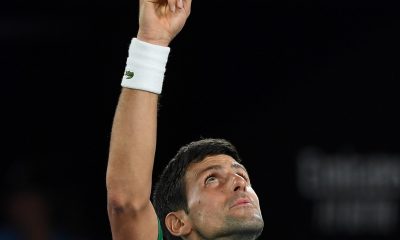
 News1 month ago
News1 month agoThe Best Male Tennis Players of All Time
-

 Uncategorised1 month ago
Uncategorised1 month agoWhat Dinosaur Has 500 Teeth?
-

 News1 month ago
News1 month agoThe Fastest Rugby Players Ever
-
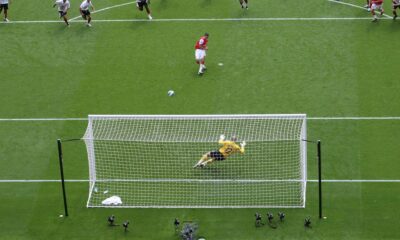
 Football1 month ago
Football1 month agoThe Best Penalty Takers of All Time
-
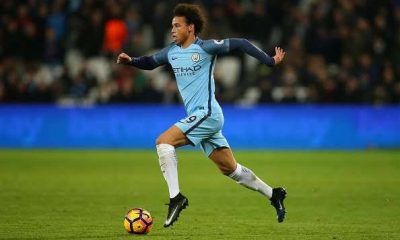
 Football1 month ago
Football1 month ago10 of the most underrated footballers in the world right now
-
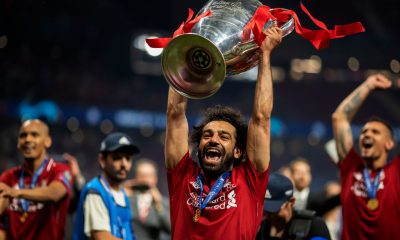
 Football1 month ago
Football1 month agoPlayers with the most goals in a Premier League season
-

 Football1 month ago
Football1 month agoWho is the Fastest Football Player in the World?
-
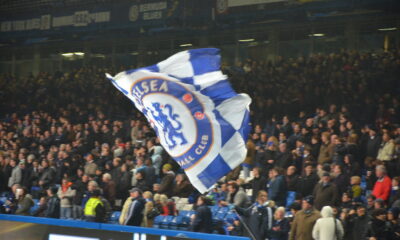
 Football1 month ago
Football1 month agoChelsea’s Possible Lineup For Next Season


